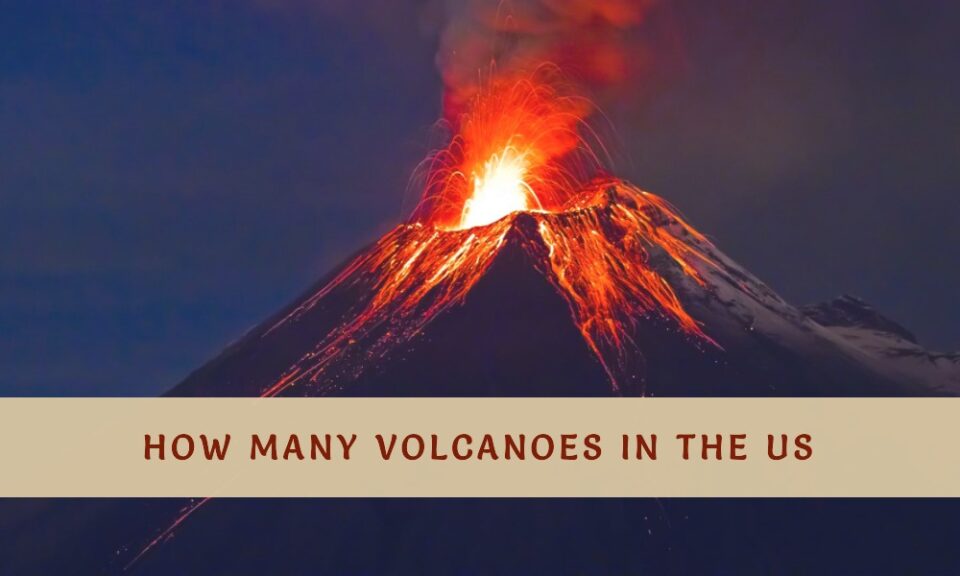Introduction
The United States is home to a significant number of volcanoes, contributing to its diverse geological landscape. This article provides an overview of the number and distribution of volcanoes across the U.S.
Total Number of Volcanoes
Current Estimates
- Active Volcanoes: The United States Geological Survey (USGS) lists over 160 active volcanoes in the U.S.
- Including Dormant and Extinct: The total number, including dormant and extinct volcanoes, is even higher.
Geographic Distribution
Key Locations
- Alaska: Has the most active volcanoes in the U.S., with over 130 identified.
- Cascade Range: Extending from Northern California to British Columbia, home to famous volcanoes like Mount St. Helens and Mount Rainier.
- Hawaii: Known for its active volcanoes, including Kilauea and Mauna Loa.
- Other Areas: Volcanic activity is also present in the Rocky Mountains, the Southwest, and even under the Yellowstone National Park.
Types of Volcanoes
Varieties
- Shield Volcanoes: Mostly found in Hawaii, characterized by broad, gently sloping sides.
- Stratovolcanoes: Common in the Cascade Range, known for their steep profiles and periodic explosive eruptions.
- Cinder Cone Volcanoes: Found throughout the western U.S., smaller and built from particles and blobs of lava.
Volcanic Activity and Monitoring
Activity Levels
- Active: Volcanoes that have erupted in the last 10,000 years.
- Dormant: Have not erupted in recent history but could become active.
- Extinct: Not expected to erupt again.
Monitoring Efforts
- USGS Volcano Observatories: Monitor and study volcanic activity to provide warnings and mitigate risks.
- Volcano Alert Levels: Used to inform the public about the status of active volcanoes.
FAQs
Q: What is the most active volcano in the U.S.? A: Kilauea in Hawaii is one of the most active volcanoes in the world.
Q: Can extinct volcanoes become active again? A: While rare, it’s theoretically possible for a dormant volcano to become active under certain geological conditions.
Q: How do volcanoes affect the environment? A: Volcanic eruptions can impact climate, air quality, and ecosystems, but they also create new landforms and contribute to soil fertility.
Conclusion
The United States, with over 160 active volcanoes, exhibits a rich and diverse volcanic landscape. From the icy peaks of Alaska to the tropical islands of Hawaii, these geological formations play a significant role in shaping the nation’s natural beauty and ecological diversity. Understanding the distribution and nature of U.S. volcanoes is crucial for both scientific knowledge and public safety.

